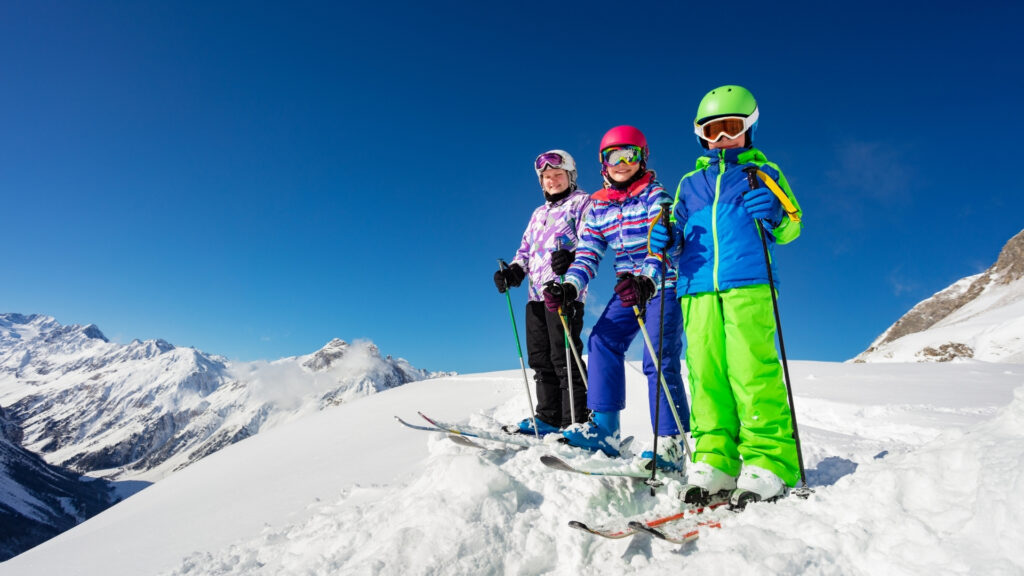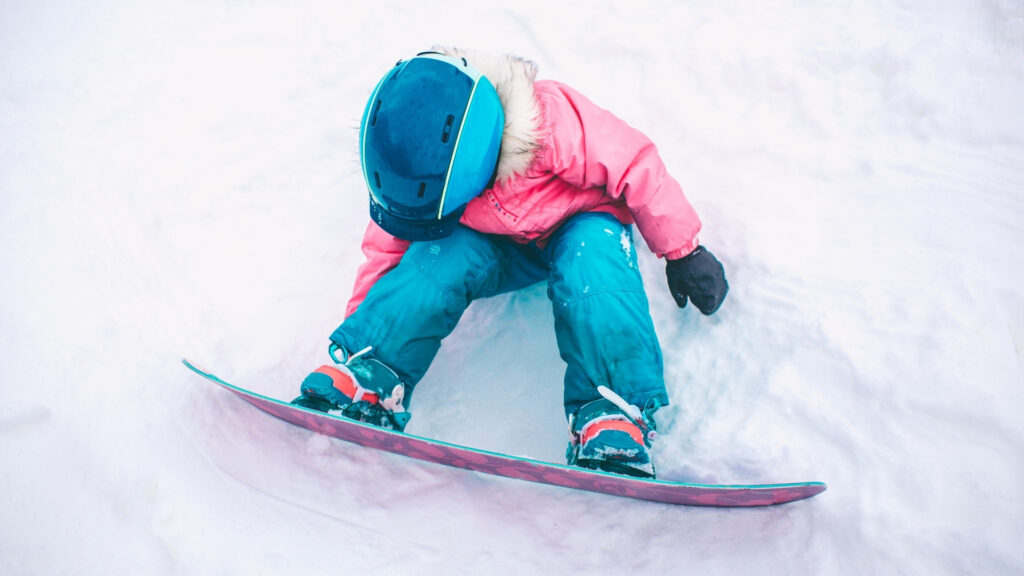Choosing The Best Snowboard For You
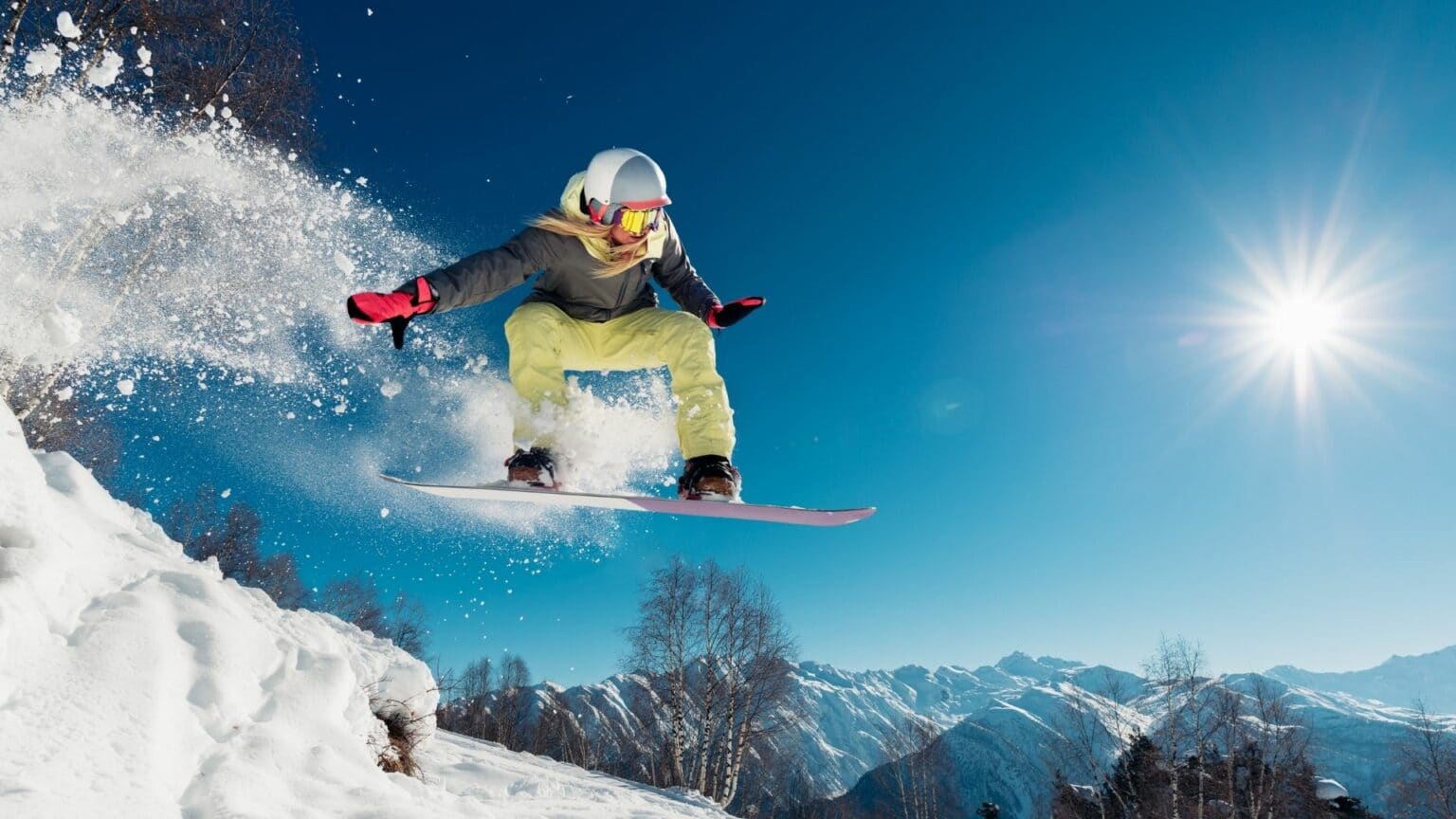
Last Updated: December 8, 2021
Snowboarding is an amazing sport that has become extremely popular in the last few years. Snowboarding has taken the winter to a new level, allowing you to do everything from racing, which involves flying down jumps and zipping through the park, all the way to freestyle riding, where you can watch the snow fall as you fly down hills and even improvise your way around turns.
It is also a lot of fun, especially when you and your friends go snowboarding together or with other families or groups of friends. It is impossible to imagine snowy winter without mentioning snowboarding. This is not a new sport (as this winter’s fresh snow is everywhere — it just can’t be avoided). It is possible, however, to underestimate the role snowboarding has played in history, culture, and everyday life.
The first snowboarding took place in the early 70s, and winter sports enthusiasts were hooked almost immediately. Back then, they had to make some sort of homemade steams from slabs of wood to ride upon, but modern-day snowboards are made from much sturdier material and are much more refined. It became a huge hit when it was invented in the late 1970s and 1980s. The first known snowboards were oval-shaped, made of walnut wood and glued together with an aircraft grade adhesive.
The board featured nails for decoration, attached to the bottom of the board for extra traction when moving on snow. Although it was invented in the United States, participating in this sport is widespread throughout Europe now, as well as Canada, Australia and Japan. Snowboarding shortly became one of the most popular sports in around the world. Just as each snowflake is different and beautiful, so are snowboards. Even two boards of the same model can differ in certain dimensions and details.
In short, when choosing a snowboard, there are hundreds of options to choose from and it can be difficult to make the right choice. People always have a challenge when choosing a snowboard. This is because you have thousands of options and types of snowboard available in the market place. Now, before starting to choose your board you have to have an idea about what kinds of snowboards there are.
Picking out the right board can often be a very challenging task and knowing how to pick out the right board in a huge catalog of products can become difficult. Thankfully, we are here to help. Are you an amateur looking for a great gift for your kid or just someone who loves snowboarding so much that you are ready to invest time and money into it? This article will give you tips on choosing the right snowboard.
What Kind Of Snowboards Are There?
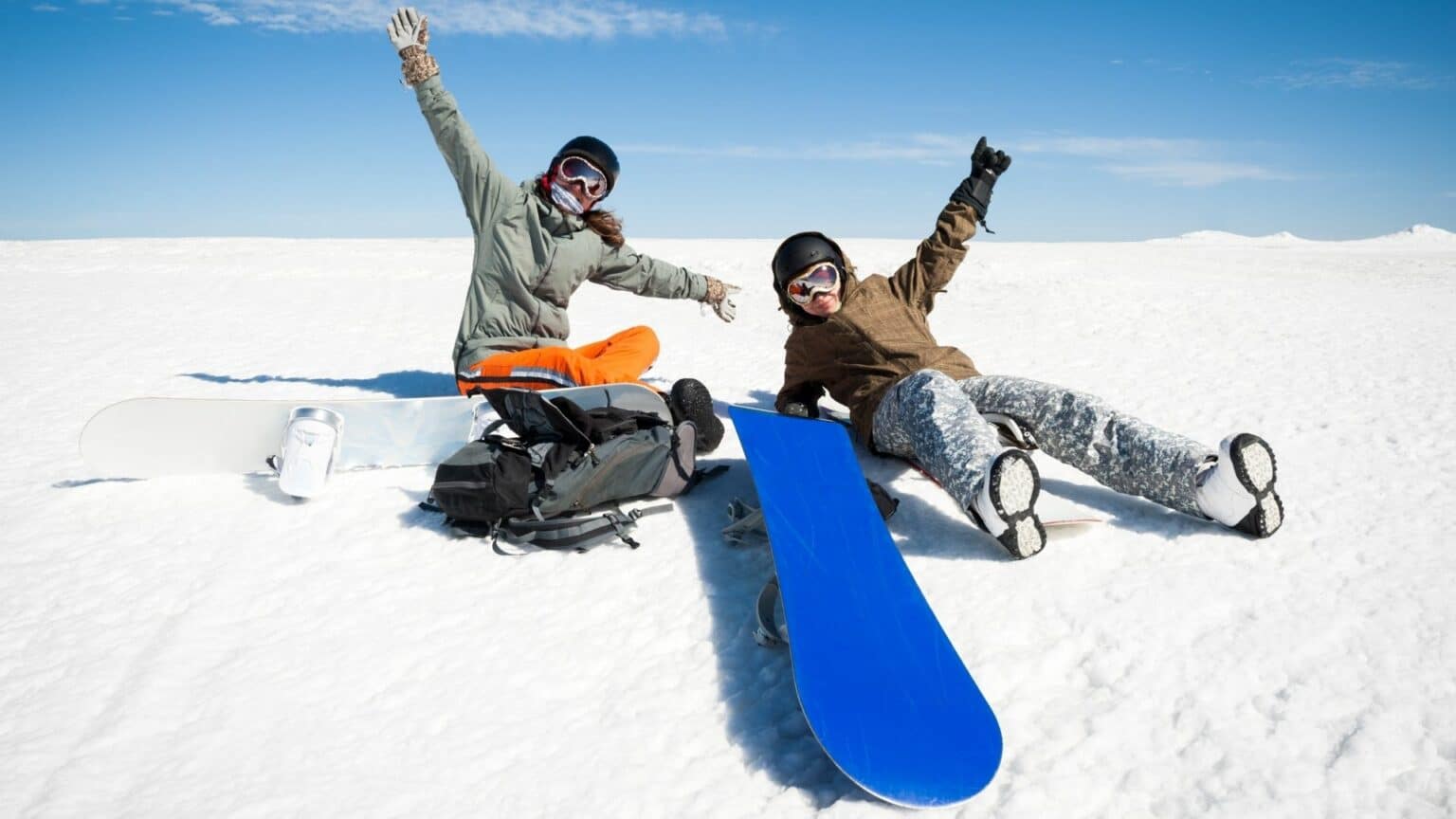
When we think of snowy winter, our first thought is snowboarding. A snowboard is a «board» with bindings for both legs. A snowboarder will stand sideways on the board, knees bent and facing downhill. To move, a snowboarder puts one toe at the back of the board and pushes down on the front of the board to propel himself forward or backward. To stop or slow down, a snowboarder shifts weight forward onto his toes.
Described by many as one of the ultimate winter pleasures, boarding is an activity that appeals to all ages and skill levels. Snowboards are complex pieces of equipment that have different nuances depending on the terrain or discipline they’re used for. There are 4 main categories of snowboards :
The first two types of snowboards are used in the big sports of skier cross and downhilling. In these sports, only special boots and bindings are used that are attached to the board. The boards themselves are made completely out of fibreglass and have an inverted camber.
This means that on one side of the board, a third of it lies below the top layer of plastic. This creates an extra spring effect as soon as you start riding on it, which is why they are recommendable for slalom racers and downhill racers who need to go fast (ideally 100 km/h).
If for you snowboards are a pleasure rather than an extreme activity, there is no need to study deep information about their types and usage. You just need to find Your board that suits Your riding style and area. But if You’re going to face the challenge of freeride — a dialogue with nature one-on-one — pay attention at the third type of boards: expanded geometry snowboards. As a rule, it has an extended geometry, which opens up possibilities for maneuvering on different surfaces.
Such a board avoids accidents and allows you to perform various tricks. A freeride snowboard has character and should only be mastered after some time and experience with the board. Of course, the freeride board differs from a beginner board in size, weight and rocker line. As well as, it’s no secret that the third type of snowboards is equipped with higher hardness inserts. They are harder in order to withstand long drops onto hard surface at high speeds.
The Fourth class of snowboards includes the most widespread kind of «boards»: these are rather soft boards, which are used for riding in special soft boots. The criteria to call a board a soft one is that over 1/2 of its length lies underneath the rider’s feet. The largest part of consumers and beginners prefer exactly this type of snowboards. Stiff boards are often preferred because they are easier to control, less sensitive to uneven snow and more suitable for jumps.
However, boards with lower overall stiffness tend to be lighter and more forgiving. For beginners and leisure riders, it may be the most comfortable choice. Nevertheless, it’s not all that bad to choose one of the other classes, if there is a chance to gain skills to ride all kinds of boards on the slopes.
What should you look for when choosing a snowboard?
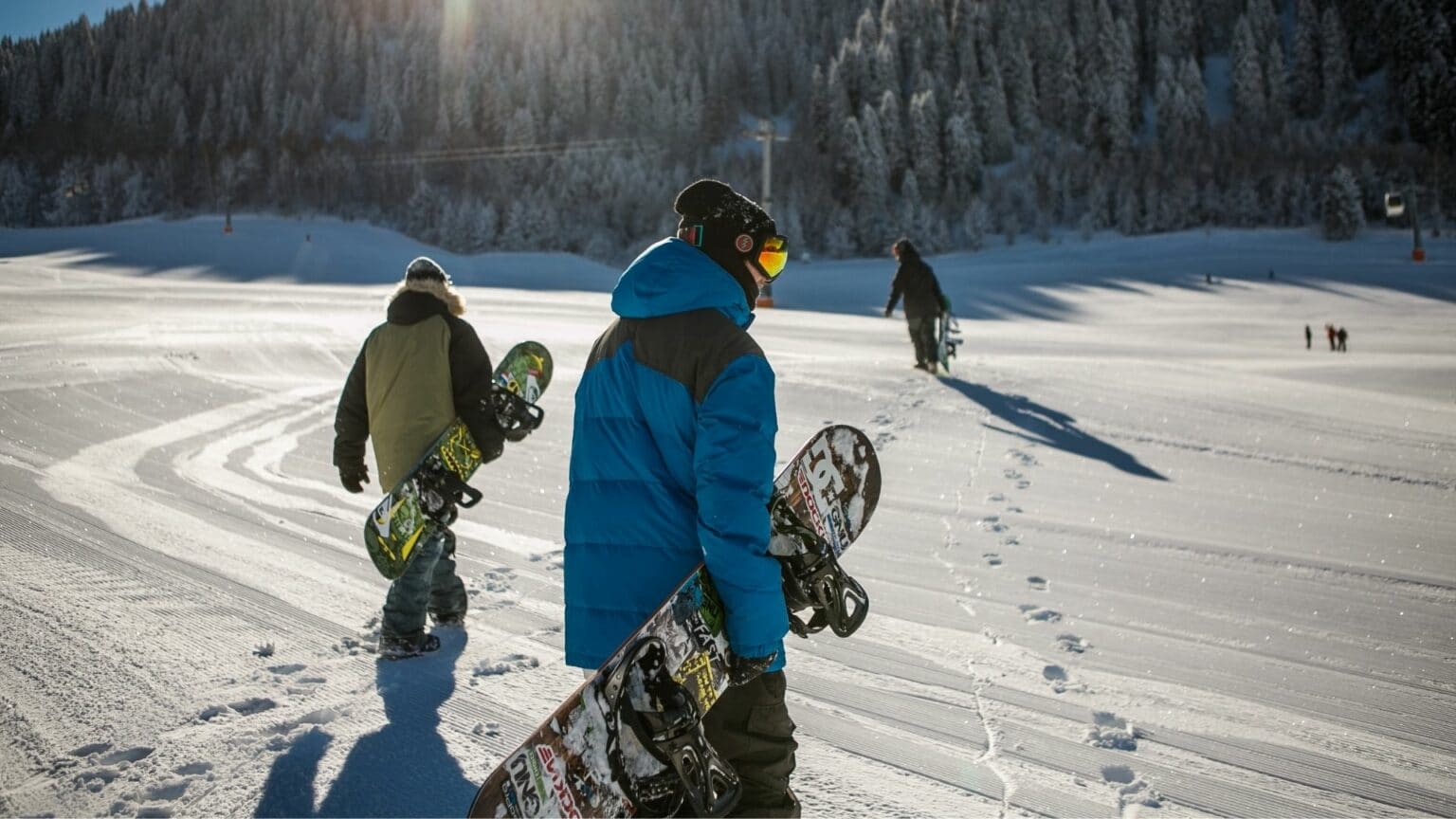
When choosing a snowboard, it is important for us to know where the rider expects to ride it. If you are looking for a fun day activity in the snow on your local mountains, you will require a different board compared to the one you need if you’re looking at touring across Europe. It’s important to consider this before buying a snowboard. What areas of the mountain should I ride? What features am I looking for in my snowboard? How many days will I be riding?
These are just some of the questions that must be considered before buying a new board. Buying a snowboard can be an expensive investment if you are not 100% sure of where you will ride it. With so many different boards available, it may seem straightforward but choosing the right snowboard for your needs is actually more complex than it first appears. Each board has its own purpose and rider type in mind.
If you are an entry level rider that wants to learn how to snowboard, you don’t want the same board as a top end pro who needs something providing more stability. Snowboards look intimidating at first, but they really aren’t. In fact, they have to conform to very strict standards. That’s why there are those that are designed specifically for the park and others made to cut down mountains. It’s worth bearing in mind that snowboard style matches snowboarding style. It is far more difficult to ride in the park than on piste (skatepark is considered the easiest).
A freestyle deck is designed primarily for style and have that extra bit of tip and tail to help you ollie higher and harder. If you’re planning on testing your mettle on the blue runs then a freeride board will probably be better suited to your needs. Freeride decks have flatter noses and tails which allow the rider to ride over an edge or under the snow to produce their tricks.
The truth is that every snowboard has certain properties associated with the way it will be used. A good example is a freestyle board, which requires that it be as light as possible and with a high level of maneuverability to allow for quick changes in direction. At the same time does not need to take off the rails or worse, cut into bollards and other types of obstacles present on terrain parks. For this type of board, there is no real edge (other than those specifically designed to have an effect in particular circumstances) since they will not be facing an obstacle course or ride in an inclined plane.
When we decided on the environment of use, it is worth to choose a board according to the anthropometric data of the rider. It will allow you to have much greater safety and fun when riding. The most important parameters for the choice of a snowboard are the height, weight and length. Each of these parameters will depend on your physical features, so there is no universal rule.
The stiffness of the board — it is a very important characteristic of this product. For example, kiting on a soft board means that you will not be able to exert significant pressure on her weight and not feel comfortable when making sharp turns. The hardness of the board — this thing depends on the purpose for which you will use it. If your board is for «jumping», then we need a soft one.
To beginner riders we advise you to buy soft boards, so it takes little effort to get on them. They are more forgiving and easier. More rigid models are also great solutions for heavy people who do not want to spend a lot of energy and knee injury.
Types of snowboard construction
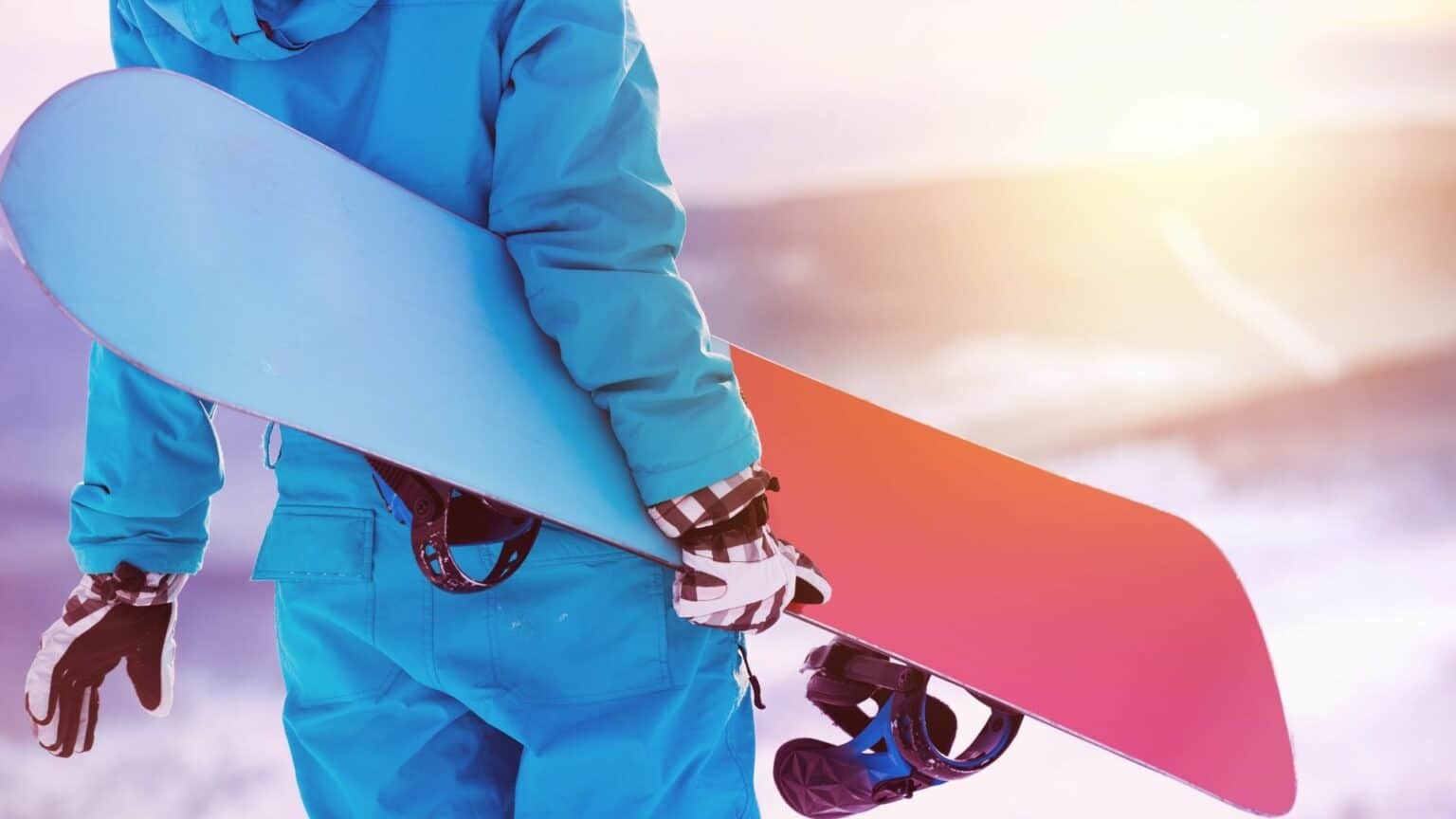
Snowboard designs are based on the surface area of a snowboard, which is then influenced by how it is designed. The greater the surface area, the more floatation an overall board has when in contact with snow. Also, some boards are made with a sandwich construction that features two layers of wood and laminate on either side of the deck with three layers above the core construction.
Because of this layered build, these boards will have increased strength without adding weight to them. Snowboards can be differentiated by their top sheet material as well. The cap construction showcases a continuous layer of material over the front and back of the board to add protection from impacts and scratches over other techniques. Snowboards are also differentiated by the type of construction. Each has its own benefits and disadvantage.
The top materials in use today are Cap and Sandwich. Each is produced through different processes: cap construction is much like a kitchen mixing bowl, while sandwich construction is crafted like a sub sandwich. These two types of constructions are said to give different rides as well as lasting a different amount of time. Sandwich boards are made out of a hardwood core with built-in flex components, making them much lighter than their cap brethren.
Cap boards for the most part do not use flexible components in their construction allowing them to handle on-piste conditions better. Multilayered snowboards are the most common, costing both cheap and expensive. They are still the preferred choice among riders of all levels. There are two kinds of multilayer structure: sandwich structure and rockered base structure which is intended to reduce vibrations in the process of using it.
Like a sandwich, a snowboard is made up of numerous layers that are glued onto each other to create a very strong object (as you’re probably aware by now, snowboards tend to be pretty tough!). The cap is the top part of the deck that covers the core and makes up most of the board’s surface area. It is the strongest, thickest part of the board and supports all of your weight while riding.
The cap is made up of several parts: plastics, fiberglass, wood, or metal, each which play a role in creating a dependable ride and transferring energy. Some caps are one-piece while others are two-piece (with an insert or interlocking parts) but they all serve different purposes. However, the fundamental difference is that in a sandwich, all layers are load-bearing (to carry the weight of all the layers above it) and it would be difficult to damage the sandwich.
However, for a snowboard, it’s easy to damage the top layer by wiping out. The main load-bearing link in a snowboard is the metal cap. If a part of the snowboard is damaged, you can always buy a new one, but if a part of the plastic shell cracked, it would be much worse for your board.
Choosing a snowboard by stance
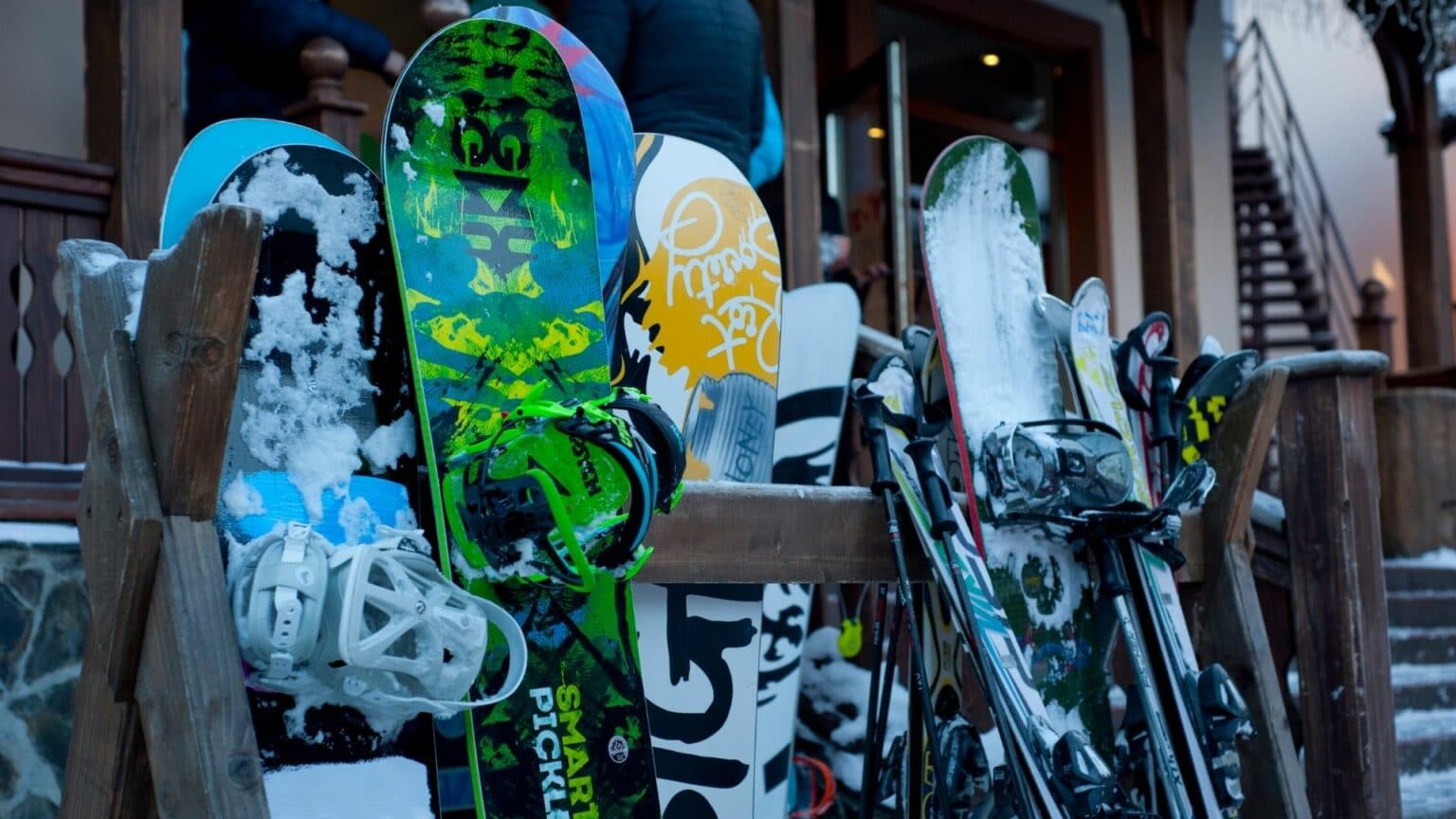
A very important parameter when choosing a snowboard is the snowboarder’s strut. A snowboarder’s strut is just a fancy name for the width of a snowboard. If it is reversible, i.e. you can ride the board in one direction as well as the other, then such boards are called Twin Tip. If your ski boots are twin-tip capable, then you can safely enjoy riding your Snowboard in either direction! There are no tips and tails, but just one continuous arc on each end.
They are shaped like surfboards and made of the same materials; fiberglass, foam, plastic, or carbon fiber depending on just how frisky you want to get. The advantage in riding twin-tips is that they are easy to control and you can do all kinds of tricks with them. The binding inserts are also positioned identically, the center of gravity lies in the middle and the shape is symmetrical along the whole length of the board. While snowboarding is definitely primarily a freestyle sport, there are scores of riders that choose to ride ‘twin tip’ boards.
The Twin Tip is good for maneuvering but difficult to control at speed. Standard on most snowboards are Directional boards, which are aptly named because of the shape and design. These boards were originally designed to get you to the mountain easier, faster, and safer. Because X-country mountain areas seemed to be getting slightly more dangerous due to snowboarders traversing faster, steeper inclines thanks to the innovation of directional boards, they were designed to make traversing easier and safer.
Depending on board size and design, it’s easy to see how a directional board has the shape of it’s name. These boards have a couple of features that make them unique. The front end will be wider than the tail, and you will also notice that the center of gravity is shifted to the back. In addition to that, the nose of the board is higher up than the tip of the tail, making it easier to control this type of snowboard.
This board will have twin tips and you will have better maneuverability due to that feature. It is mainly used on slopes and some snow parks where you can navigate through trees or mogul runs. You will also see that they come with big bindings, often oversized ones. A directional board is mostly used for carving and cruising. The classic shape is good for beginners as it offers a lot of stability on the slopes.
A directional board is your best bet if you want to learn how to ride on the mountain. A Twin Tip is generally considered an advanced type of board for skiing on snow, and is often chosen for doing aerial tricks in a snow park. Directional is considered a classic type of board for skiing on the slope.
This is the type of snowboard that has been used for decades now. It’s shape is similar to long and narrow surfboards. This type of boards are known to perform better in powdery and thick snow, allowing experienced riders do tricks without fail. First appeared in the 90’s and is still one of the most used types of skis today.
Types of snowboards by deflection
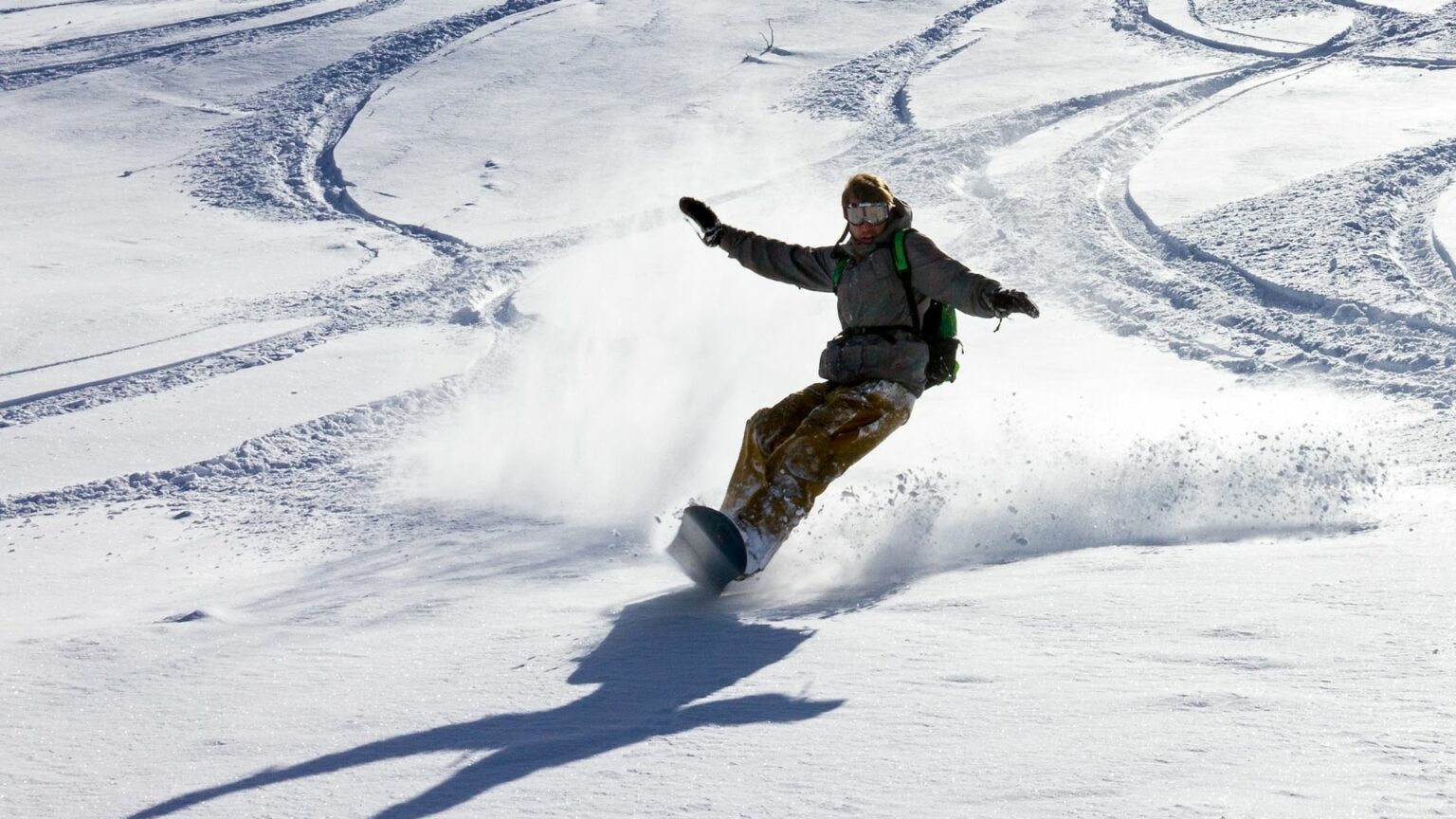
Camber is the rocker where your foot rests on the edge of the board. The more camber and more aggressive the camber of the board, the more pop and spring when you do tricks like ollieing or jumping tricks. There are various types of camber that affect the boards performance. Camber refers to the profile of the board, and it is normally referred to in terms of rocker and camber.
When a rider leans back on the board, the center of gravity is raised and there is more contact area between snowboard and snow thus creating more friction, which slows down the board. Camber provides stability to the board during a turn. This means that when you lean back on your edges, your board will not slow down unless you make a mistake such as steering off axis. Each type of camber has its own characteristics, pros and cons.
They differ in the type of camber: rocker camber, zero camber, regular camber and reverse camber.
Rocker is an extreme version of reverse camber, where the nose and tail are shaped like a banana (raised up in the middle). You get unmatched smoothness through turns with less effort when you use rocker. These boards allow for longer turns because the camber is substantially reduced – the main drawback to this ride is the poor edge to edge response.
Zero camber boards are often found in freestyle and free ride. The zero camber introduces a special edge to this kind of board. It makes the board more responsive in turning and has a lower centre of gravity. This is why it is preferred by most professionals in this kind of hobby. Some companies even made their boards more flexible with the help of new materials like bamboo.
Reverse camber is a type of snowboard design meant to give the rider more control and make it easier to turn. It has reverse concave on the whole board except for the center of the nose and tail. Inside this area is flat, or flat plus. The result is a board with two sails, one on either side that provide lift and make it easier to turn when going slow or carving.
Regular camber is simply the opposite of reverse camber, and has a subtle convex shape. This means that when the rider puts pressure on their heels, the entire board naturally flexes upwards, and when they place pressure on the ball of their foot, the board flexes downwards. Some riders prefer this controlled flex because it allows them to get tighter spins with less effort. It can also make riding switch much easier since your body weight is not directly over your toes.
Types of snowboard glides
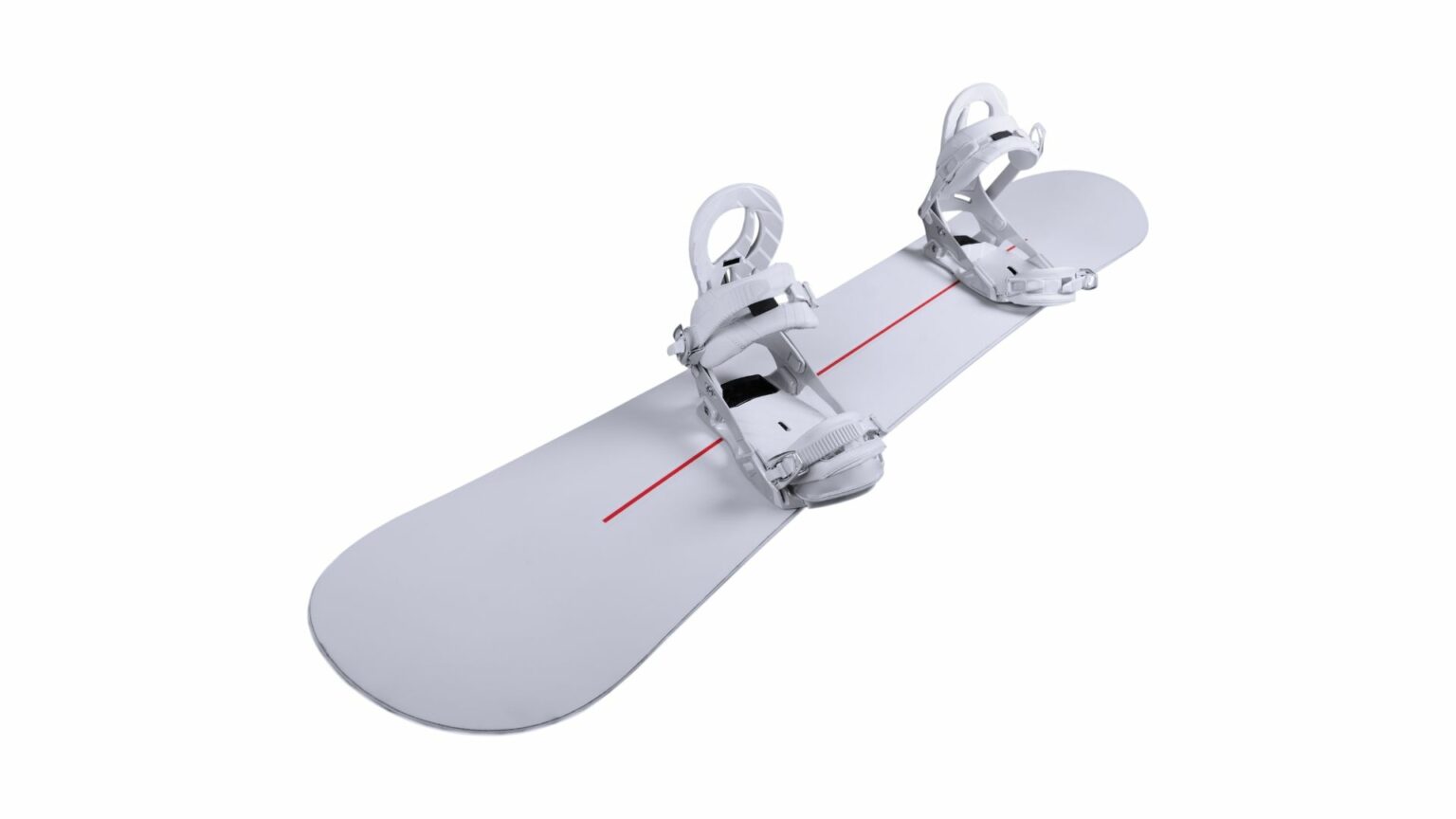
The two types of snowboard glides available are sintered and extruded. Sintered is the most common glide type due to the fact that it has been around for over 50 years. Extruded is a newer glide type which is quickly gaining popularity due to its’ versatility.
Sintered and extruded, these two snowboard glides are the most commonly used and are easy to discern once you know what to look for. Sintered is denser, with smaller gaps between the flakes and a greater amount of force is required to push the base of your board forward.
On the other hand, extruded snowboards ride more easily over a variety of surfaces and give a quicker, more responsive glide when you do push it forward. An important component of snowboard equipment is glide. For example, if the glide is defective it will lead to a large uneven gap between the length of the track and the minimum perpendicular distance to a point on the direction of movement.
In turn, this will result in a loss of stability (instability) or even a fall. Glide refers to the ability of the moving ship to freely move along the prepared surface on which it moves, due to smoothness, coefficient of adhesion and structure.
Choosing a snowboarding board by length
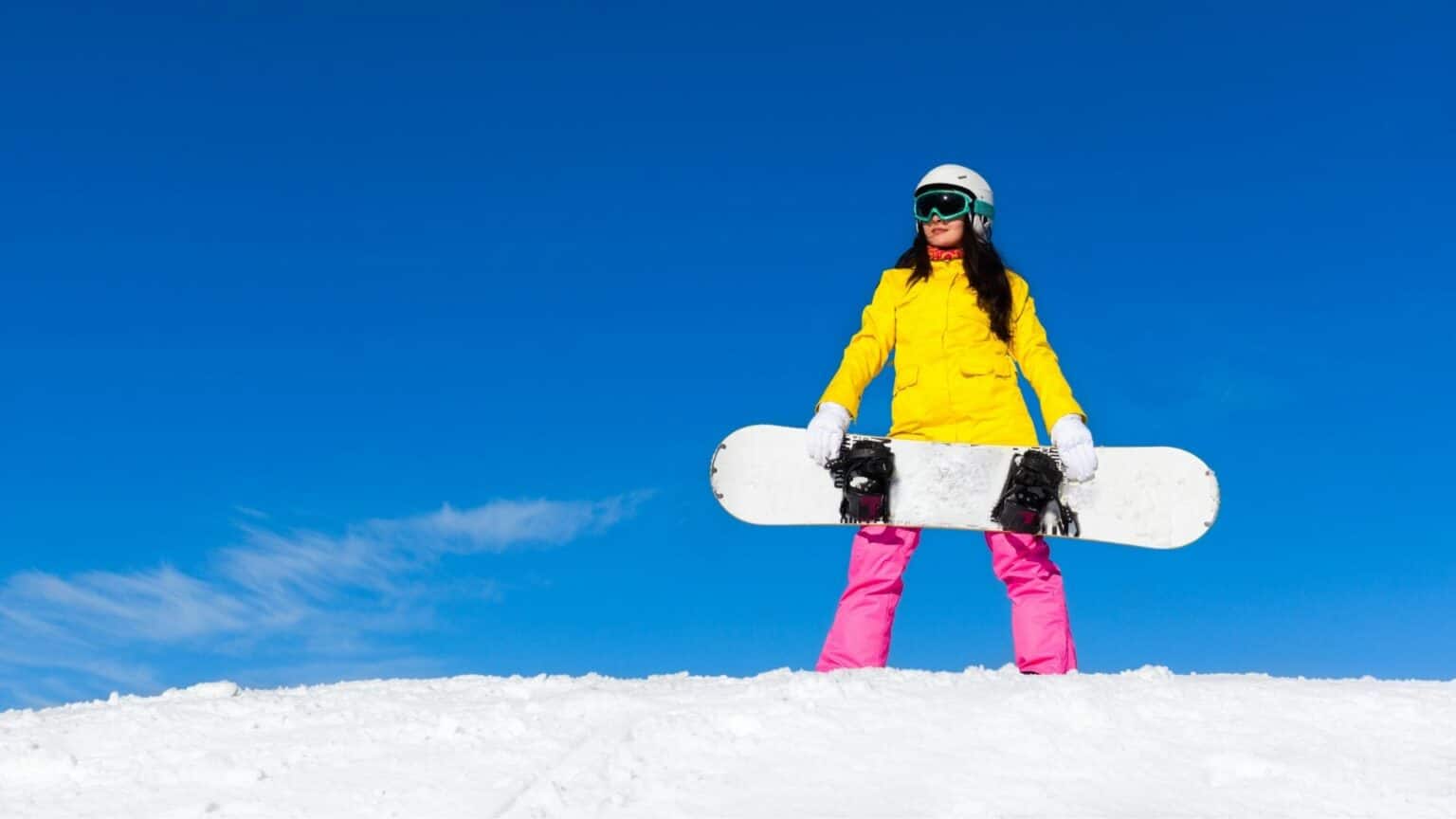
The length of your snowboard is an essential feature that should be considered before you head to the store to buy one. The length of a snowboard will determine how well you perform on the slopes, so it’s important that you are keen about what measurements you should be looking for. The length of the snowboard should clearly correlate with the height of the rider, if he or she is a beginner.
This is an important principle to keep in mind when buying a board. Snowboards differ from one another by their size and dimensions. Smaller boards are lighter and easier to manage. They are mostly used by children and beginners. Larger boards are heavier and wider but they allow riders to go faster, perform better tricks and make easier turnings. Snowboard length varies significantly from snowboard to snowboard, even if the snowboard is created by the same company.
Riders of similar weight may prefer different lengths of boards. Snowboarders want to maximize their performance on their board and there are two basic ways for them to do so. They can make a tradeoff between their comfort level and the speed they achieve by choosing a board that is shorter or longer than those used by others.
Snowboards are measured in both centimeters (cm) and inches (in). Most snowboarding occurs in North America, Europe, Australia and New Zealand – all primarily using the imperial measure system – while most of Asia uses the metric system. Not all snowboarders are created equal, and that is reflected in their choice of board. There are formulas for calculating board length that take into account the weight of the snowboarder as well.
These formulas enable a retailer or manufacturer to match up a board with a snowboarder’s height and weight without measuring. For some reason skaters are often obsessed with the length of their board. They often buy the longest one, thinking that this would make tricks easier.
This is not true. The length of your snowboard should correspond to your weight and the general flex of it (if it has any). For example, if you’re an average guy about 150 lbs, you could use a snowboard of around 150 — 155 cm long. The same thing applies for women’s boards.
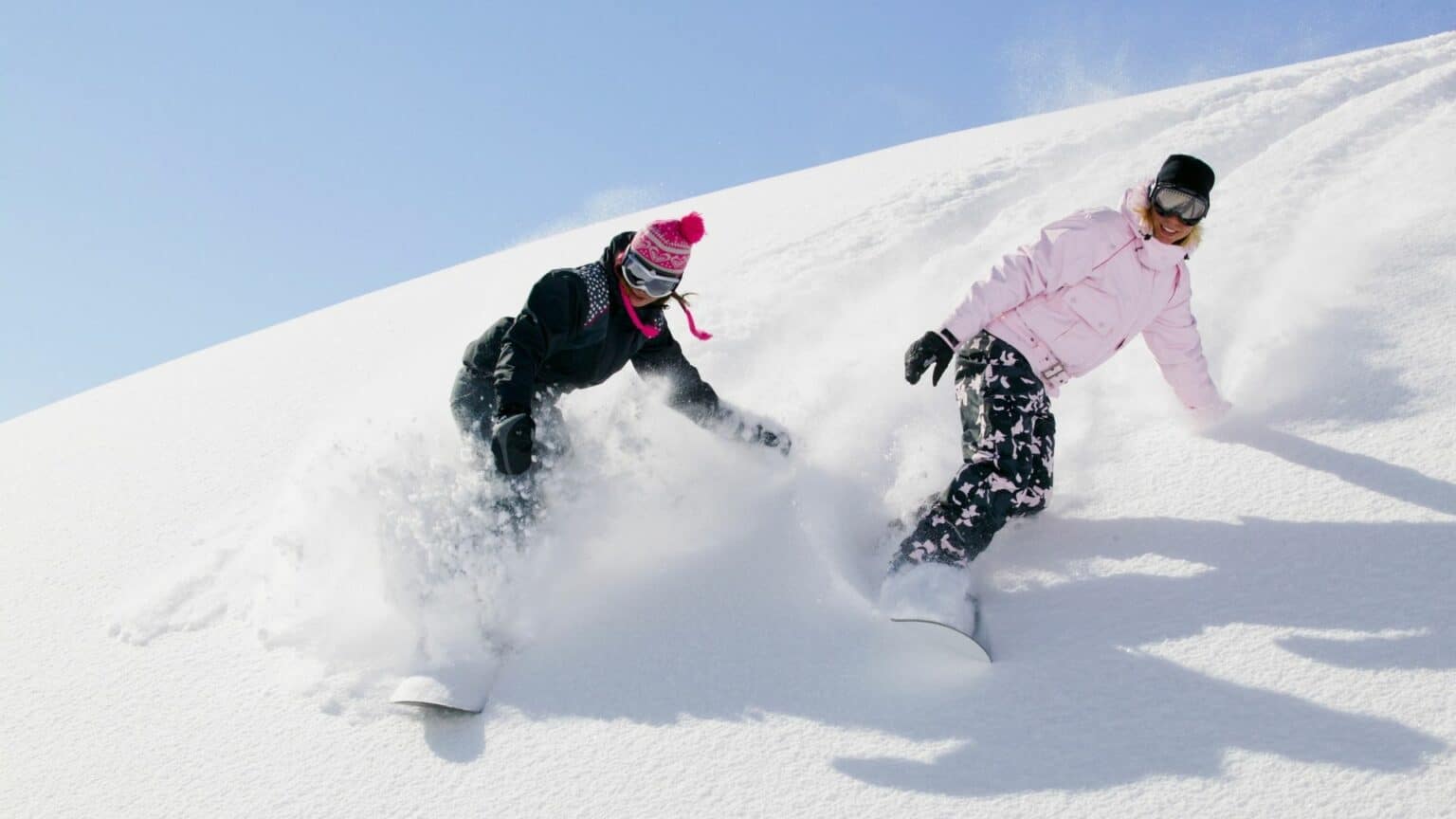
There are some important factors to consider when picking out your first board or replacing an older one. Snowboard bindings are specifically made for a certain board, so if you do not ride the same brand as your bindings, it will not fit properly and could cause injury!
You Also May Like
Articles You Might Enjoy
Copyright 2025 © Top Sports For Kids
Topsportsforkids.com is a participant in the Amazon Services LLC Associates Program, an affiliate advertising program designed to provide a means for sites to earn advertising fees by advertising and linking to Amazon.com.

